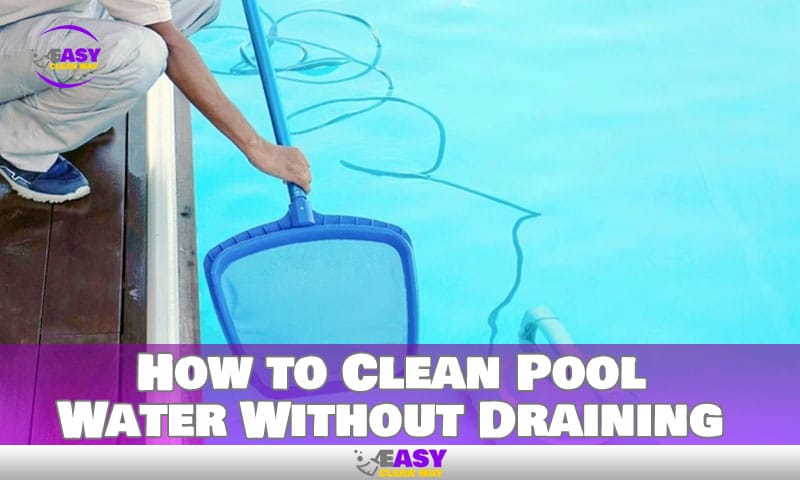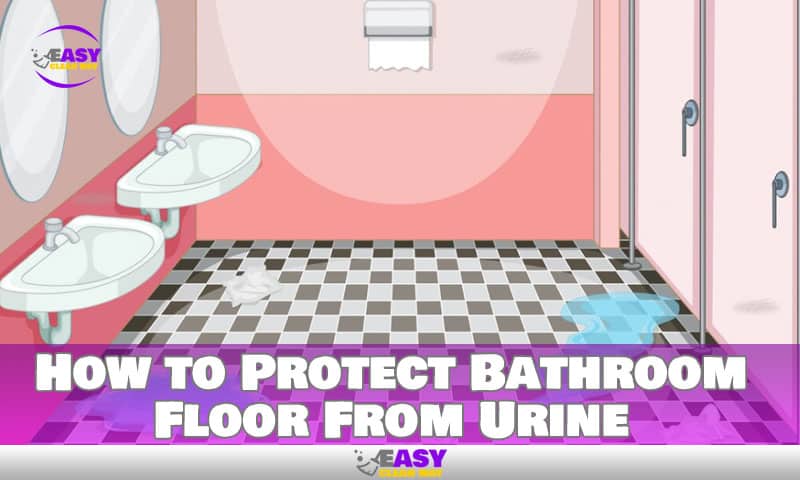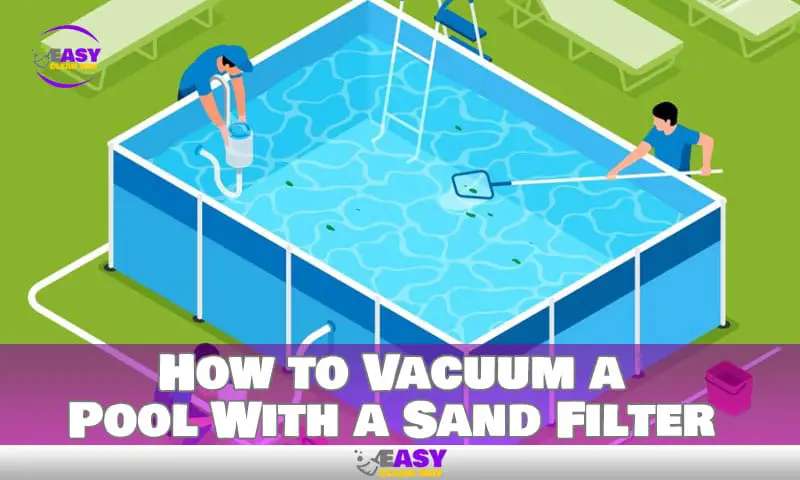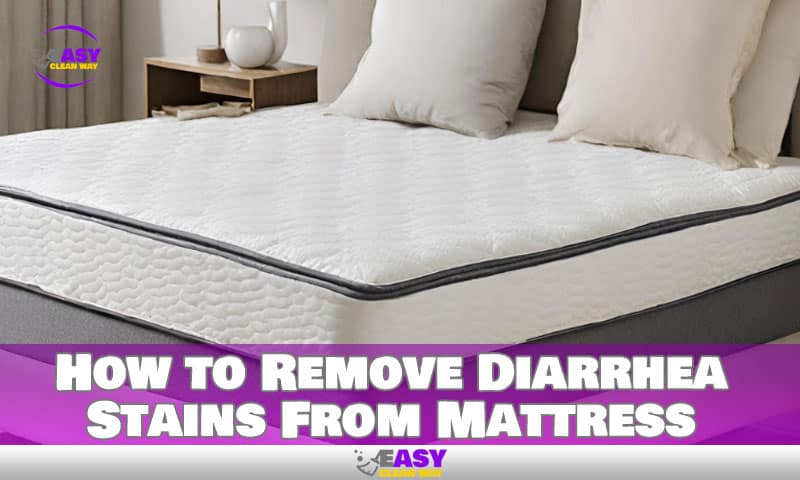Hardwood floors are beautiful—that is, until you spill something on them. Sure, a quick blot with a cloth will remove the worst of it, but when oil or wax is involved, it’s time to bring out the big guns.
They may seem intimidating at first, but cleaning oiled hardwood floors doesn’t have to be a chore. With the right materials and a few pro-level tips, you can keep your beautiful floor looking like new in no time.
So whether you’re facing a spot of minor splatter or dealing with a full-on stain on your hardwood floor, we’ve got you covered. Keep reading to unlock the secrets of cleaning oiled hardwood—from the experts themselves!
Types of Oiled Hardwood Floors
When it comes to oiled hardwood floors, there are a few different types you need to know about for proper care and maintenance. Oil finishes include oil-based polyurethane, Tung Oil, and UV-Cured Oil. Each of these has a slightly different effect on your wood, but all feature an easy-to-clean satin-like finish that brings out the natural beauty of the wood specie it’s applied to.
Linseed and tung oils have been used for polishing wood floors traditionally. These two deeply penetrating oils carry rich colours that have a significant impact on the final finish and soak into the wood itself. Both oils must be used in a series of thin coats, letting each coat completely dry in between. By doing this, you can be confident that the oil has completely soaked into the wood and won’t readily scrape off or cause your floor to seem patchy over time.
Vacuuming for Regular Maintenance
Vacuuming your oiled hardwood floors once a week is one of the best things you can do to keep them in good condition. A model with a hard-floor attachment and a HEPA filter designed especially for hardwood floors is what you should seek out. This will make it easier to more effectively remove the dirt, dust, and debris that assembles over time.
Additionally, make sure that your vacuum has soft wheels and rubber strips on the bottom so you don’t scratch the floor as you are cleaning. It should also not have roller brushes with thick bristles as this may cause damage to your floor’s finish.
Regular vacuuming not only keeps your floors looking their best but it also helps maintain their natural oils and finish. This is especially important in areas where there is high foot-traffic or heavy furniture to avoid scratching or scuffing.
Making Sure to Spot-Clean Stains Immediately
Nobody wants stains to set into their oiled hardwood floors, but the reality is that they can and do happen. So, remember this one key pro-tip: clean up any spills or stains right away, before they dry and set.
When it comes to spot cleaning, here are some of the best options:
- Hydrogen peroxide can be used to remove stubborn stains. It works well with most surfaces, but make sure to test a hidden area first to be sure there won’t be any bleaching effect.
- White vinegar can help eliminate odor and stain. If a pet has left a mess or there is an unmistakable smell coming from your floors, white vinegar is your go-to solution. Mix with water at a 1:1 ratio, then pour it on the area in question and allow it to sit for about 10 minutes before wiping away with soft cloths.
- You may prepare a paste by combining baking soda and vinegar that can assist you in getting rid of dye stains on your flooring that were uninvited guests from products like juice cartons or makeup bags! Gently scrub the stained area with this combination until all traces of the stain are gone. Then, using warm water, wipe up any residue that remains.
Bottom line—when it comes to oiled hardwood floors, spot cleaning immediately after spills or those dreaded “accidents” happens saves time and effort in the long run! After all, prevention is always better than cure!
How to Create a DIY Hardwood Floor Cleaner
You don’t need to buy expensive cleaners to get your hardwood floors clean and shiny. There are a few easy, budget-friendly ingredients that you can use to make your own homemade cleaner. Here’s how:
Combining Ingredients
The main ingredient for a DIY wood floor cleaner is white vinegar. Make sure to use white vinegar and not balsamic or any other type of vinegar. To this, you can add oil such as olive oil, liquid dish soap, and a few drops of essential oils like lemon oil or orange oil (optional). Do not use castile soap with the vinegar solution—it can damage the finish on the hardwood floors.
Wiping Away Dirt and Grime
Warm water and either white or distilled vinegar should be mixed in a bowl or bucket to remove filth and grime from hardwood floors. Dip a towel or mop in this mixture, then squeeze off any extra moisture. After that, wipe the dirt off the floor, working in small parts to prevent it from drying before you can reach it. For optimal results, always clean against the grain of the wood.
Steps for Deep-Cleaning Oiled Hardwood Floors
When it’s time for a deep-clean of your oiled hardwood floors, you should start with the right cleaner. A mild, specially-formulated cleaner for oiled floors is ideal. Here are the steps:
- For general cleaning of the floor, use a dust mop vacuum or broom on a daily basis to remove dust and debris.
- Damp mop the floor using as little water as possible and a manufacturer-recommended cleaner specifically designed for oiled floors.
- Rinse with clean water and a damp mop or cloth to make sure no cleaning residue is left behind.
- Wipe up any excess moisture and allow the floor to dry completely before walking on it again.
- If necessary, gently scrub tough stains with an all-purpose wood cleaner and soft-bristled brush before rinsing off and drying out completely.
Though this process may seem like a chore, it’s worth doing—your oiled hardwood floor will thank you!
Tips to Keep the Floor Shining and Damage-Free
One of the best things you can do for your oiled hardwood floor is to keep it clean. Sweeping and vacuuming up dirt and grit on a regular basis will help prevent buildup that can dull the finish and cause damage to your hardwood.
For daily upkeep, we suggest using a microfiber dust mop. Not only are they highly effective at trapping dirt and dust, but they are also gentle enough to not cause scratches or other damage when you’re cleaning your hardwood floors.
When cleaning oiled hardwood floors, it’s important to avoid harsh chemicals or scrubbing tools as these can damage the finish of your flooring. Instead, we recommend using a natural cleaner specifically designed for oiled hardwood floors that has been approved by the manufacturer of your flooring.
By following these tips, you can help keep your oild hardwood floors shining and damage-free for years to come!
People Also Like: How to Clean Fiberglass Doors Without Getting Hurt
Conclusion
Cleaning oiled hardwood floors is a task that may seem daunting, but if you follow the right steps and use the right products, it can be an easy process. Start by removing any loose dirt and debris, and then use a mild soap to clean the surface. Rinse thoroughly, and use the right wood floor oil to restore the luster of your hardwood floors.
Overall, provided you have the appropriate strategy, maintaining your oiled hardwood floors may be easy. Your floors will stay in excellent condition for years to come if you put in a little time and work today. If you follow the above instructions, your wooden flooring will be clean, secure, and in excellent condition, allowing you to sleep soundly.
Hey there! I’m Wilfred Holguin, your Home Clean Expert blogger. I’m on a quest to help you conquer the clutter in your home and embrace the joys of a tidy home.





